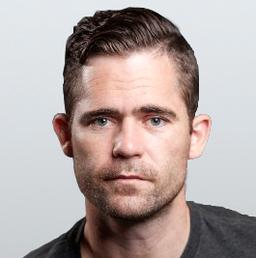Bois de Boulogne had long been a section of Parisian forest dedicated to serve strictly as a private hunting ground. In 1777, King Louis XVI became the first monarch to open the forest to the public. When the Second French Empire was established in 1852, Louis-Napoleon, now Napoleon III, chose to cede the vast tract of land to the city of Paris and turn it into a large public park, with lakes, small islands, a large artificial waterfall, paths and trails, and the planting of 420,000 trees. The project was completed in 1858 and provided Parisians with amusements like cafes, boat rentals, and shooting galleries. The park could be used and enjoyed by all classes of people. The restaurants, La Grande Cascade and Le Pré Catelan, however, could only be afforded by the wealthy.
In February 1863, in the midst of the American Civil War, some of New York’s prestigious and wealthy citizens formed the Union League Club of New York City. It began with 66 members, and by the end of the year it had garnered more than 500. The Union League Club promoted, as the name infers, the “union” of the country during the country’s disunion. Looking to the future and in the hope that the war would end with reunification, one of the goals of the Club was “to enforce a sense of the sacred obligation inherent in citizenship.”






